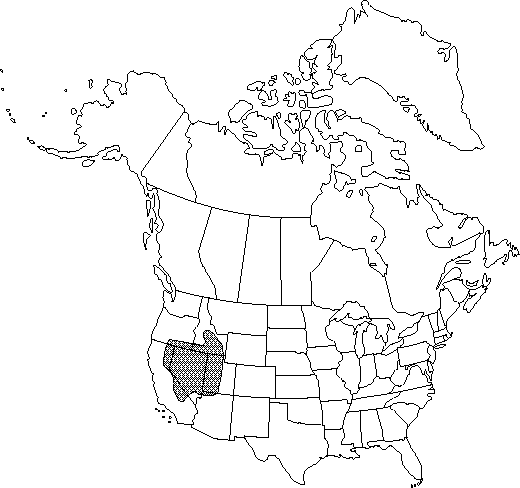Ranunculus andersonii
Proc. Amer. Acad. Arts 7: 327. 1867.
EndemicSelected by author to be illustrated
Synonyms: Species (A. Gray) JepsonVariety (M. E. Jones) S. L. WelshVariety S. WatsonSpecies unknown
Treatment appears in FNA Volume 3.
Revision as of 20:42, 26 July 2019 by FNA>Volume Importer
Stems erect from short caudices, not rooting nodally, glabrous, not bulbous-based. Tuberous roots absent. Basal leaf-blades cordate in outline, ternately 1-2×-compound, 1.5-3.8 × 2.1-3.8 cm, leaflets 2-3×-parted, ultimate segments elliptic to linear, margins entire or with occasional teeth, apex obtuse to acuminate. Flowers: receptacle hispid; sepals spreading, 9-15 × 5-9 mm, glabrous; petals pinkish white, 12-18 × 9-13 mm. Fruiting heads globose or depressed-globose, 13-27 × 21-29 mm; fruit wall veined, inflated, not winged, fruits thus utricles; utricles 6-12 × 4-6 mm, glabrous; beak persistent, deltate or subulate from deltate base, 0.2-0.6 mm.
Phenology: Flowering spring (Apr–May).
Habitat: Slopes in sagebrush or pinyon-juniper woodland
Elevation: 900-2300 m
Distribution

Ariz., Calif., Idaho, Nev., Oreg., Utah.
Discussion
Selected References
None.
Lower Taxa
None.
